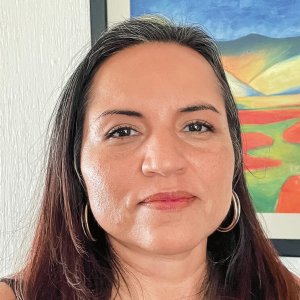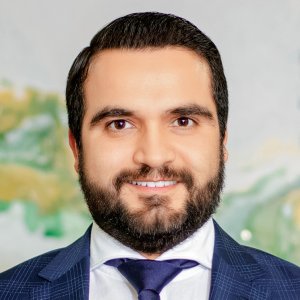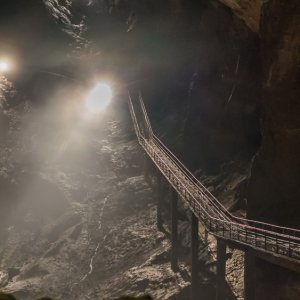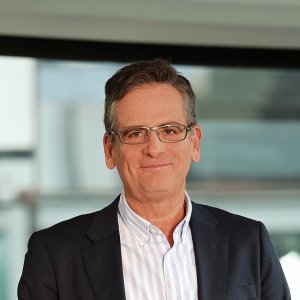Mining the Value of ESG

STORY INLINE POST
My first few years working as an engineer were spent remediating a number of contaminated sites in the US, from uranium and heavy metals waste from decommissioned mines in Arizona, to defense sites in Nevada, even a radioactive site in Illinois! It was satisfying to watch clean water pour into rivers that were impacted by pollution and to see things returned to a better state than they once were. It was rewarding to safely return valuable resources to communities. And it taught me, early on in my career, the importance of good environmental, social and governance practices. Clearly, I was not alone.
Today, companies of all types and across all industry sectors are prioritizing environmental, social and governance considerations (known more broadly as ESG). Those in the extractive industries like mining see it as their license to operate. Most of the established mining houses would tell you that ESG is simply a formalization of what they already practice – good stewardship has been high on the agenda for years.
What’s Your ESG Story?
Now the pressure has ratcheted up. In his most recent letter to investors, BlackRock CEO Larry Fink said he expects portfolio companies to be very clear about how they will achieve their net-zero emissions goals. He’s not alone. The investors we talk to tell us that ESG measures are now as important as financial when assessing a project or asset. And the market for “green investment vehicles,” such as Green Bonds, and sustainability-linked funding mechanisms is growing exponentially.
The financial implications for mining companies are obvious. Those with a strong ESG story are seeing greater investor interest. They are achieving higher valuations. And they are tapping into deeper and more favorable sources of financing. If you are a junior mining company looking for investment, you want to be sure you start with the right ESG story.
Making it Real
What does that mean exactly? Well, if you are a mining business, it means being very thoughtful and deliberate about how you plan, develop and operate your project and assets across their life cycle. It means starting with a culture that encourages non-financial objectives and empowers employees to act in the best interest of all stakeholders. And it means setting goals, objectives and metrics around what you plan to achieve.
As broad as the ESG basket is, so too are the opportunities to act on the ESG agenda. Consider, for example, how new technologies could help improve ESG performance. In the mining sector, Ausenco is a big proponent of dry stack tailings. Very simply put, dry stack tailings do away with traditional tailing ponds and dams that (as we have seen in places like Brazil) can pose significant risk to the environment and local communities. Dry stacking not only provides greater structural stability for the material but reduces the consumption of water – a particularly important resource as we strive to maintain environmental sustainability.
Similarly, mine owners are helping improve the ESG credentials of their assets through design. For example, more are incorporating renewable energy sources to power administrative buildings or support shops. Many evaluate the input resources required to develop their assets to ensure they are minimizing waste and reducing materials required. Sourcing options to encourage greater localization is key as well.
Addressing all Three Sides of the Equation
It is important to remember that ESG is not all about the environment. And the mining sector has a significant role to play in driving forward the “S” and the “G” elements of the ESG equation.
The social side is of particular interest to investors and ESG advocacy groups. For mining companies, this may include relationships and collaboration with Indigenous groups and local communities. Particularly in places like Mexico where land and resource rights are often held by local communities, ensuring strong and open relationships with community stakeholders is key to both the ESG agenda and project success.
Employee experience can also be included in the “S” of ESG. This goes beyond simply ensuring labor practices comply with code and that there is no forced labor in the supply chain. It’s about providing safety, skills and well-being to the workforce. For those who draw their workforce from the local communities, enhancing the employee experience can have a double benefit.
The “G” comes down to good governance: doing the right things, having the right oversight, reporting the right metrics, and creating the right risk management frameworks. It’s making sure the business is being properly managed and that ESG factors are integrated into decision-making.
A Better Way
Twenty years after my experience remediating those properties, I had an opportunity to join Ausenco. One of the things that attracted me to the company was its mantra of “finding a better way.” As a leading engineering services provider to energy and resources sectors around the world, Ausenco applies this approach to helping our partners find a better way to achieve their ESG goals within the context of their unique situations.
Our ESG journey is founded on a deep legacy of developing low footprint projects and conducting environmental and socio-economic work. We look at sustainability from two complementary perspectives: internally through our governance structures and strategy, and externally through the work we undertake for our clients and in partnership with communities. Frankly, much of my work in Mexico and the US involves helping junior mining interests plan and execute their ESG strategy alongside their engineering studies, designs and operations.
We also practice what we preach – we are committed to reducing our impact on the planet, to creating safe and collaborative workplaces, to delivering industrywide ESG solutions, and to supporting sustainable development in the communities where we operate.
And we are investing in new technologies and concepts aimed at helping reduce the industry’s overall footprint. Right now, for example, our researchers and professionals are working on a system that selectively processes ores – thereby reducing the required plant size and energy usage of a mine. We’re also industry leaders in dry stack tailing technologies. We believe these types of investments not only benefit us and our clients but the wider sector and the communities we impact.
No More Remediation
While it was for me a valuable experience, my hope is that we get to a place where the next crop of new engineers will not need to spend their first few years doing dirty remediation work like I did. Instead, they will be hard at work improving, innovating and implementing better ways for the resources sector to reduce our impact on the planet.








 By Jim Norine | Vice President of Minerals and Metals, Southwestern USA -
Mon, 06/27/2022 - 15:00
By Jim Norine | Vice President of Minerals and Metals, Southwestern USA -
Mon, 06/27/2022 - 15:00
















